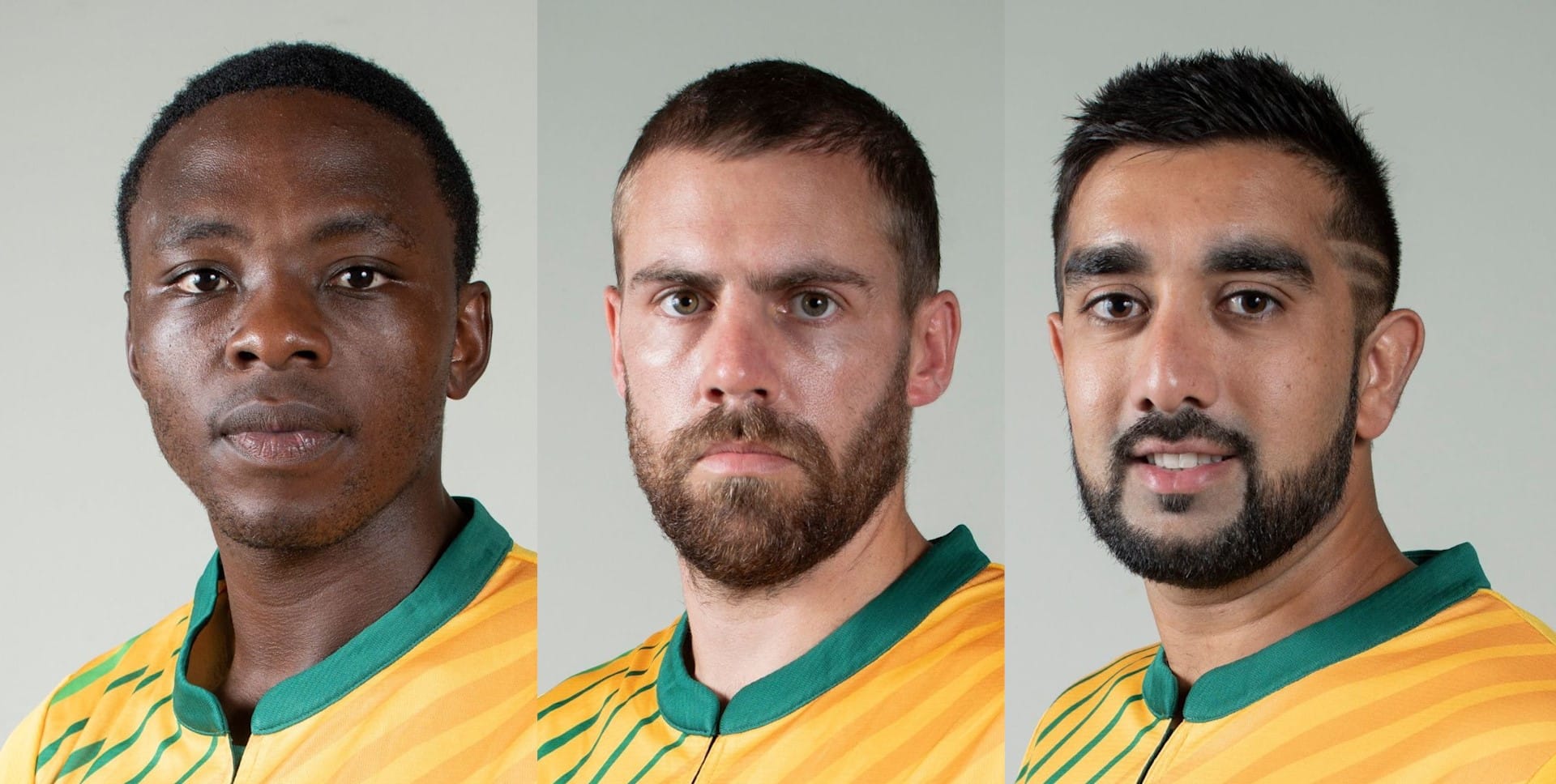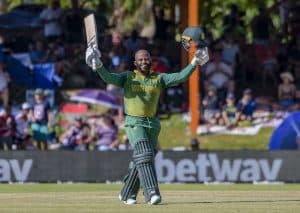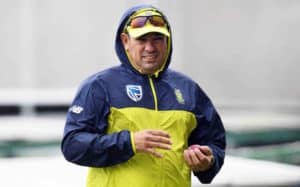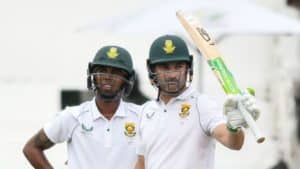Kagiso Rabada, Anrich Nortje and Tabraiz Shamsi are the foil to a misfiring batting lineup. They will be the foundation upon which any strong World Cup challenge is built, writes RYAN VREDE.
Earlier this month I wrote that the T20 World Cup has come a year and a coach too soon for the Proteas. Despite the resounding victory in the Sri Lanka series, my view hasn’t changed.
Sri Lanka have to qualify for the pool stage of the T20 World Cup (qualifying starts on 17 October), which speaks to their weakness of their T20 side. This must inform the perspective on the series win.
In the piece referenced earlier, I argued that the suggestion that ‘anything can happen in a big tournament’ is nonsensical. “The Proteas would have to rely on a lot of ‘anythings happening’ to stand a chance to win,” I wrote. “The team is talented, appreciably so in fact. That hasn’t yet bloomed into the type of consistency that relies on talent to be merged with temperament and a broad range of skills.”
My concerns are primarily rooted in a batting lineup that is laden with talent but not yet at the point where you’d confidently predict they could win three of their four pool matches against England, Australia, West Indies and most likely Sri Lanka, then win two on the bounce to win the World Cup.
This doesn’t mean they have no chance, just that they’re an unlikely winner.
They are, however, equipped with a formidable and ever-improving bowling attack which is has the potential to constrict world-class batters.
Rabada and Nortje have been at the heart of the Delhi Capitals’ resurgence in the IPL. The duo ranked highly in last year’s IPL and have built on that form. They’ve shown once more that there’s room for sheer pace provided it is accompanied by tactical discipline, skills and control in T20 cricket.
Rabada and Nortje form part of an attack that has a great degree of co-dependence. One of the tournament’s star performers, Avesh Khan, leans heavily on the South Africans’ combined contribution to fuel his potency. As does Ravichandran Ashwin, who is the glue that binds the attack.
The Capitals’ balance and chemistry mimic the Proteas in this regard. Shamsi is the Proteas’ Ashwin, albeit possessing a greater wicket threat. The introduction of Keshav Maharaj to the equation further amplifies their ability to choke a batting lineup into submission.
Add to that the blossoming talent of Bjorn Fortuin and the experience of Dwaine Pretorius and you have a bowling attack that can defend most par scores and even gives you a chance on sub-par totals. They’re also able to restrict teams to sub-par scores consistently.
Yet, their batting has not tracked on a similarly development trajectory, and is the most likely reason the Proteas will not break their duck in major ICC events.
It is not all despairing, despite the World Cup coming a year too soon. The current batting group have immense potential and, under the right tutelage, could soon grow into a formidable T20 unit.
The prospect of that happening, combined with their bowling prowess, gives us hope for a dominant future.
Photo: Getty Images





